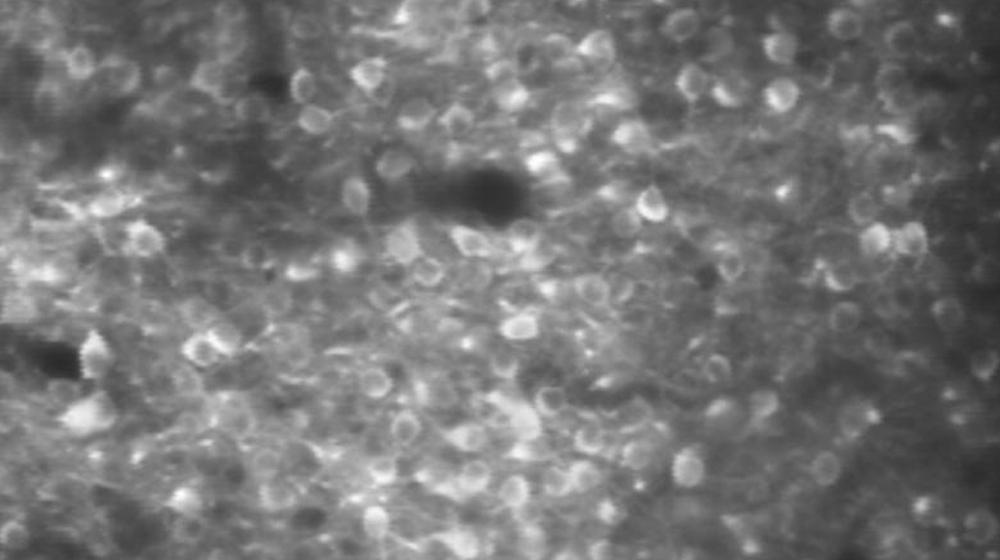About

The MDT on Optical Imaging and Brain Science will complement the existing strength in Magnetic Resonance Imaging (MRI) so as to develop a comprehensive imaging toolbox at UMN that can provide the seamless translation of mapping brain function across all imaging modalities and spatial scales (from individual synapses, neurons, local microcircuits, to the whole brain). Whole brain activity measurements are achieved with Functional Magnetic Resonance Imaging (fMRI). Located in the Center for Magnetic Resonance Research (CMRR), UMN has among the highest field strength magnets in the world. fMRI tracks increases in blood flow, and the brain has a mechanism for increasing blood flow to regions with increased neural activity. But fMRI cannot tell us exactly how many neurons are firing at any given time, and which neurons are triggering the changes in blood flow.
Optical imaging via multi-photon microscopy can measure activity-dependent changes in fluorescent signals directly from individual neurons, astrocytes and blood vessels in the living brain.
We expect strong synergy between the Optical Imaging MDT and the MRI researchers. For this reason, all the optical MDT hires will have their laboratories housed within the CMRR. To date, two researchers with optical imaging expertise have been hired and two additional candidates are currently in the process of being interviewed. Generating activity patterns from large ensembles of cells will generate large volumes of complex data. The optical imaging MDT committee therefore plans to recruit additional faculty with expertise in computational strategies such as machine learning, deep neural networks, graph theory and multi-scale approaches for the analysis of big data.

The State of Minnesota has appropriated significant funds over the next ten years for the Medical School to develop this MDT and thus create a world-class brain imaging program.
Additional strengths at the University of Minnesota include the aforementioned internationally-recognized Center for Magnetic Resonance Research, currently at the forefront of the Human Connectome project and the University Imaging Center (UIC), which is recognized as a Nikon Center of Excellence for its cutting-edge microscopy resources, methodologies, and novel technologies.Minnesota is also the home of multiple biomedical research companies at the forefront of pushing the boundaries of changing health outcomes through research and development.